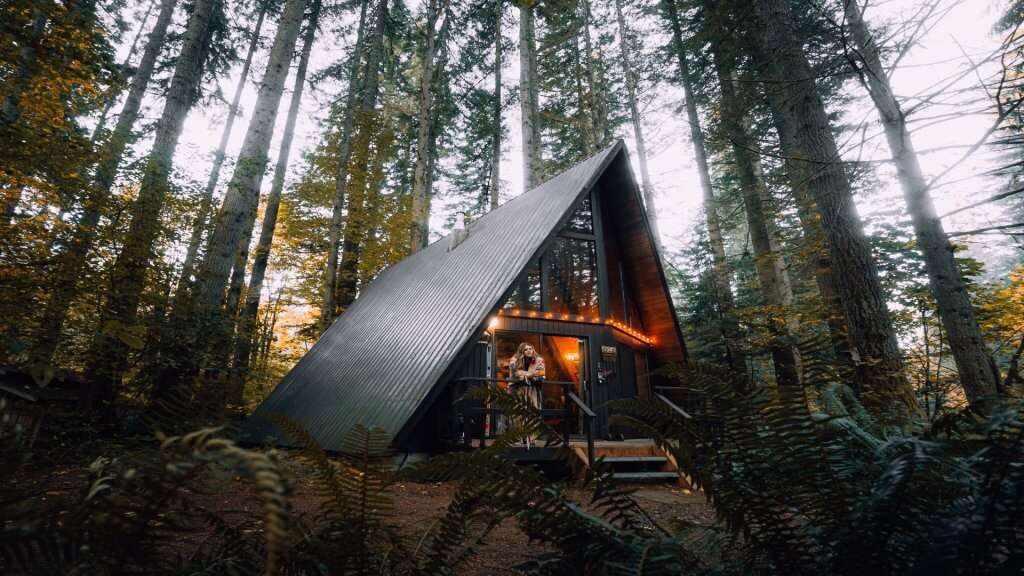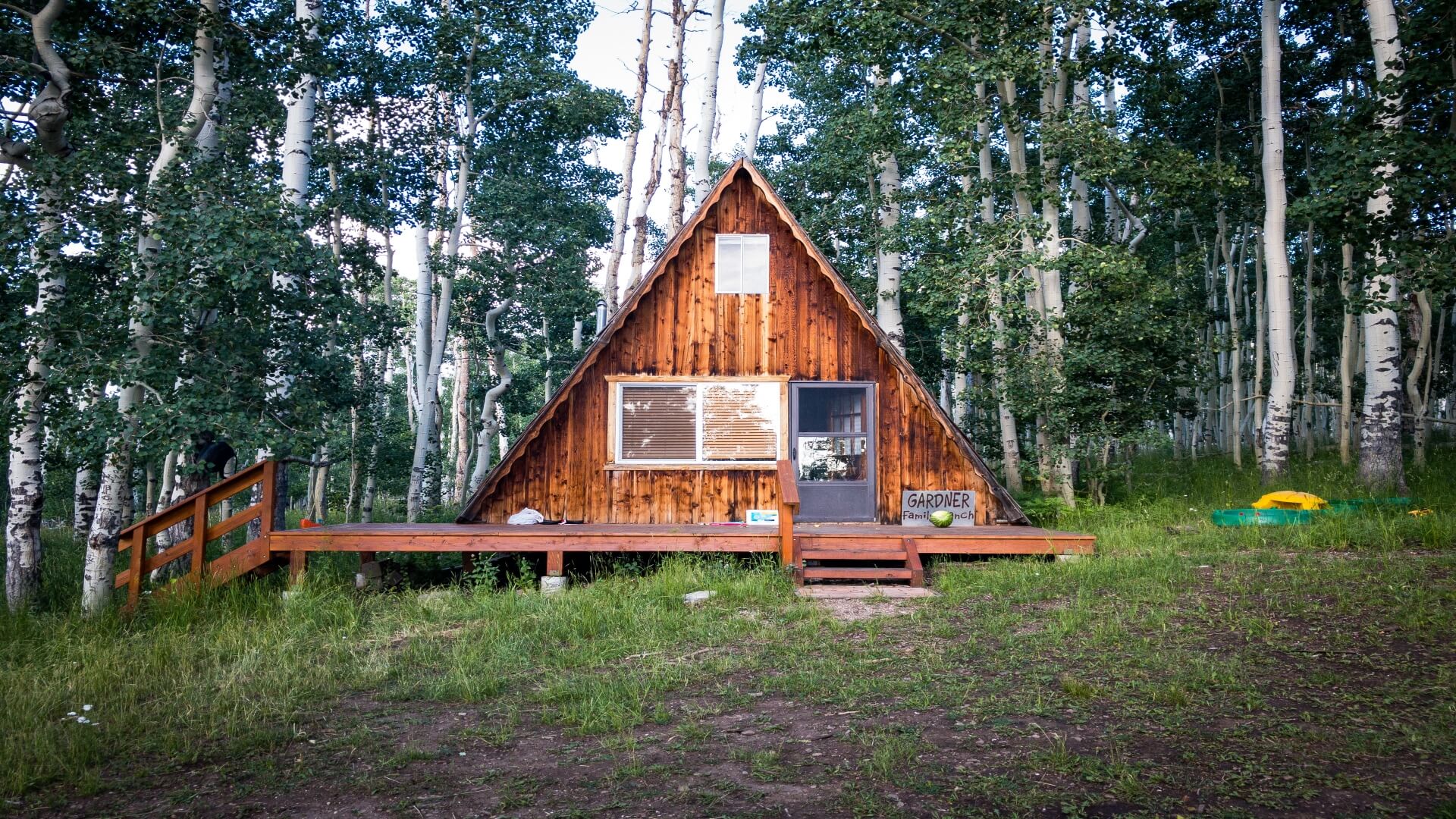Are you looking to build your own off-grid A-frame cabin? If so, then you’ll need to choose the right materials for the job. Building a cabin in an isolated location requires materials that are durable, long-lasting, and easy to transport.
Fortunately, there is a wide range of options available depending on your budget and preferences. From wood to steel and even straw bale construction, each material has its pros and cons. In this article, we will look at some of the top material choices for building an off-grid A-frame cabin so you can make an informed decision about what is best for your project. We’ll cover everything from cost-effectiveness and sustainability to durability and ease of assembly so you can make sure your dream cabin stands the test of time! So if you are ready to get started, read on for some helpful tips and advice.
Roofing Materials
One of the most important aspects of building an off-grid A-frame cabin is the roof. You will want to choose a material that can withstand high winds and heavy snowfall while providing good insulation.
Steel roof panels are one of the most cost-effective and durable options available, not to mention they’re extremely lightweight so they can be transported without much difficulty. Another great choice is clay tiles – a classic option that provides good insulation and requires minimal maintenance. Whichever roofing material you decide to go with, hiring experienced roofing contractors is a must to ensure your roof is installed correctly and securely. Just make sure you get multiple quotes so you can choose the roofing contractor with the best price.
Timber Framing
Timber framing is an old-school way of constructing homes that gives them extra strength and stability. It involves joining wooden beams together to form an interlocking frame, which can then be filled with insulation or other materials to create walls, floors, and roofs. The use of timber framing allows you to have complete control over the shape and size of your cabin, making it perfect for off-grid living.
Keep in mind that the type of wood you use will be important when constructing an off-grid A-frame cabin. Hardwoods such as oak and walnut are more durable but may require extra maintenance, while softer woods like pine are less expensive and easier to work with but may not last as long.
Straw Bale Construction
Straw bale construction is a sustainable and cost-effective way to build an off-grid A-frame cabin. It involves stacking bales of straw – which are filled with a mixture of clay, sand, and water – one on top of the other to create walls. The straw acts as insulation while the clay ensures that the structure is waterproof.
This type of construction requires minimal tools and can be assembled quickly, making it ideal for remote locations where resources may be scarce. Plus, it’s eco-friendly since you won’t need to purchase many materials or transport them over long distances. However, keep in mind that straw bale construction requires extra maintenance to prevent any pest infestations or mould growth.
Natural Building Materials
Natural building materials provide a great way to build an off-grid A-frame cabin that is both sustainable and aesthetically pleasing. For example, cob (a mixture of clay, sand, straw, and water) can be used to construct walls with beautiful texture and insulation properties. Similarly, adobe bricks can be used to create strong foundations or walls when mixed with mud mortar (clay and sand). Both materials are easy to work with and require minimal tools.
If you’re looking for something even more unique then consider earth plasters such as lime plaster or earthen plaster which can help insulate your home while giving it an eye-catching finish. Just remember that they require a certain level of skill and expertise to install correctly, so it’s best to seek the help of an experienced builder if you’re not confident in your abilities.
Finally, when building an off-grid A-frame cabin, make sure to keep environmental sustainability and durability in mind. Choose materials that are easy to work with and require minimal upkeep, as well as those that can withstand harsh weather conditions. With careful planning and attention to detail, you can ensure your dream cabin stands the test of time!
Insulation Materials
Insulation is essential for any off-grid A-frame cabin, as it helps to keep the interior warm and comfortable during colder months. There are several types of insulation materials available, such as spray foam, wool, cellulose, and fiberglass. Each material has its benefits when it comes to temperature control and noise reduction, so be sure to research all your options before making a decision.
Additionally, consider investing in windows that are triple-glazed or double-glazed with Low-E coatings. This will help reduce heat loss from the inside of your cabin while still allowing natural light in – something you’ll appreciate during the darker winter months! And finally, make sure to insulate the roof of your cabin; this will help prevent heat from escaping and keep the interior warm during cold nights.
Creating an off-grid A-frame cabin can be a rewarding experience that offers you the perfect escape from the hustle and bustle of everyday life. With careful planning and attention to detail, you can create a unique and sustainable home that stands the test of time! We hope these tips will help you on your journey toward building your dream cabin!


































